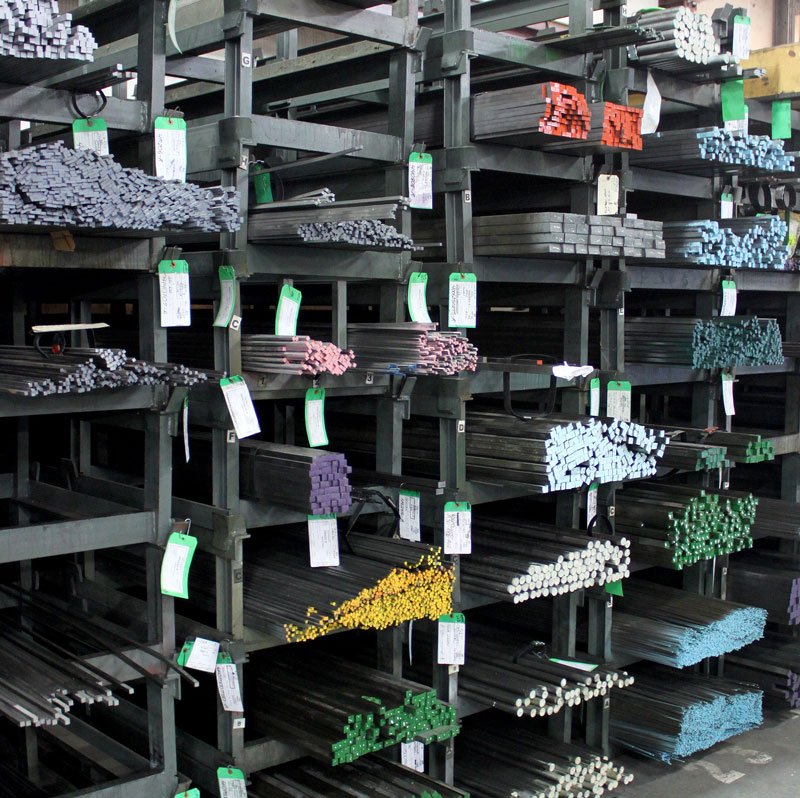- Previous blog
- Next blog
- Huyett Marketing Department
- 12/09/2020

Preserving the straightness of raw steel and protecting it from the elements requires that extreme care and caution be taken in the procurement, production of, and shipment of raw steel and finished parts.
Product handling is an important consideration in product quality. While not addressed in the ANSI standard, numerous references are made in the ASTM A108 specification. From Section 9.3.1, “bars shall be given a surface coating of oil or other rust inhibitors to protect against corrosion during shipment.” From section 9.3.2, “the bars bundles shall be identified, packaged, and loaded to preserve the physical appearance [and] product tolerance…” In the notes in Table A1.4, “…straightness is a perishable quality and may be altered by mishandling. The preservation of straightness in cold‑finished bars requires the utmost care in subsequent handling.”
At Huyett, significant effort is made to ensure proper handling, storage, and transportation of steel products. Most mill shipments arrive wrapped in oil‑soaked paper and crated in wooden protective boxes instead of simple open bundles.

Raw materials and finished products are usually shipped on flatbed trucks and unloaded using a crane and cradle system. This system ensures that full bundles are lifted from two points to minimize bending, twisting, or contortion. The bundles are lifted directly from the truck bed to the cradle so that forklift and other less reliable transportation means are avoided. Bundles are placed in rigid steel cradles that interface with the overhead crane. Each bundle is painted with proprietary grade colors to avoid misidentification from mill‑specific and inconsistent coloring schemes. Bundles are tagged for lot and heat number control. When production commences, bars are transported from cradles to steel support tables to minimize distortion. Production ready bars are rolled to band saws for operator ease and product protection.
Operators are trained, and equipment is configured to control drop length during production to prevent pinging ends of keystock which can affect dimensions, tolerances, and performance in the field. Following production, parts are cleaned, rust inhibitor applied, and then dried. Finished parts are shipped in extra heavy‑duty boxes with a liner. The box and liner provide extra shock and environmental protection.
Learn More About Manufacturing at Huyett